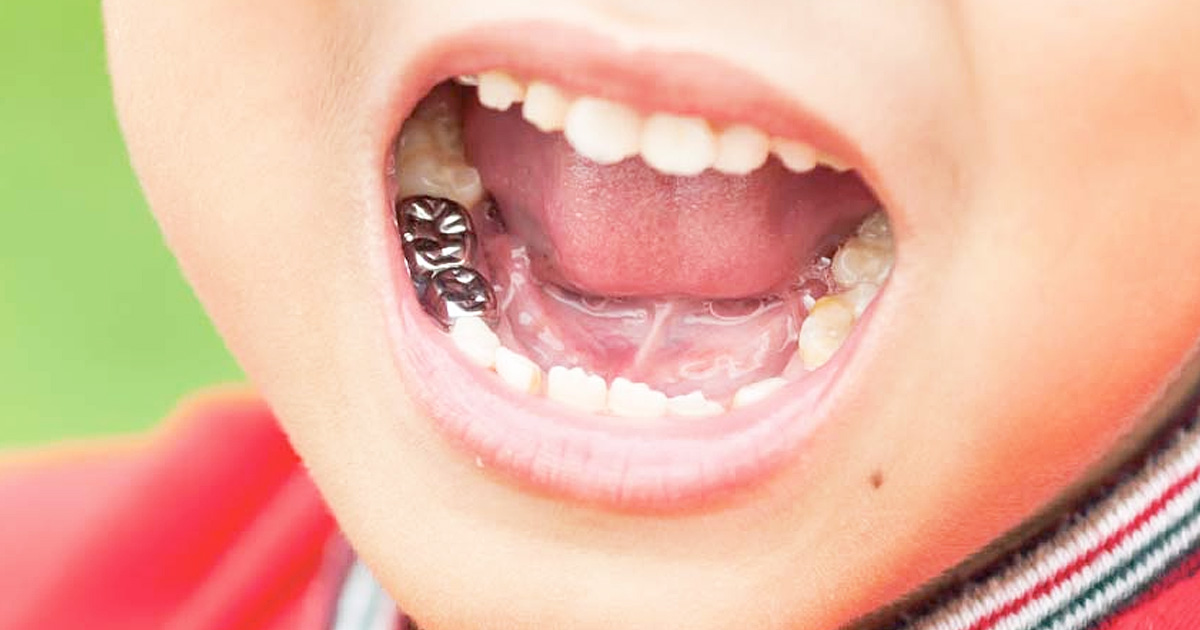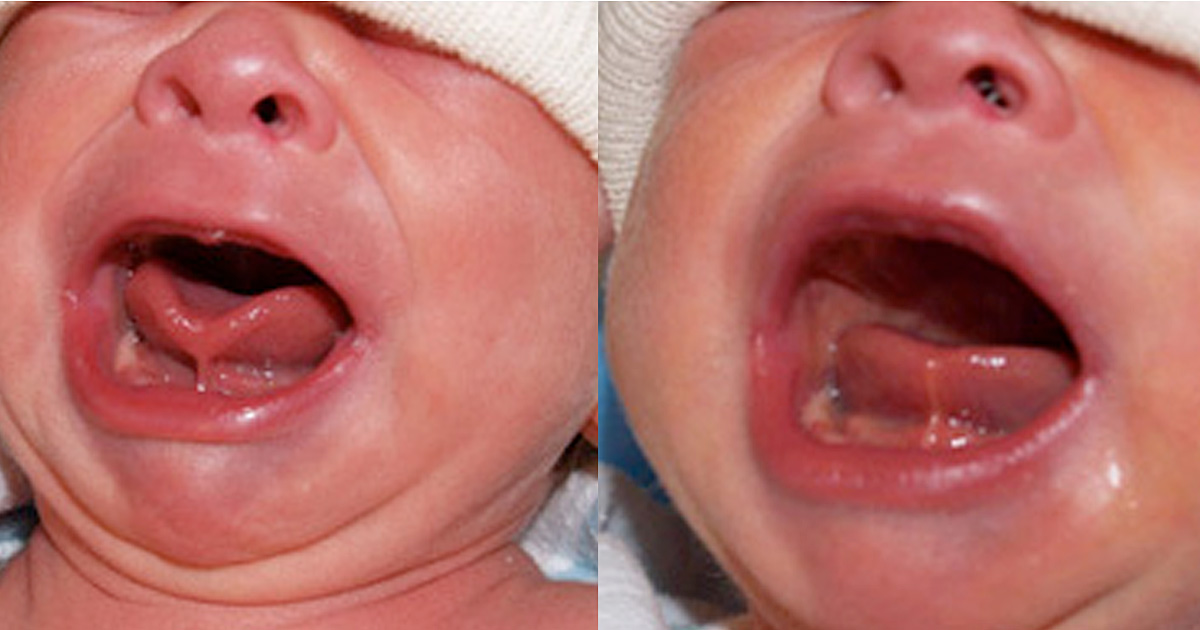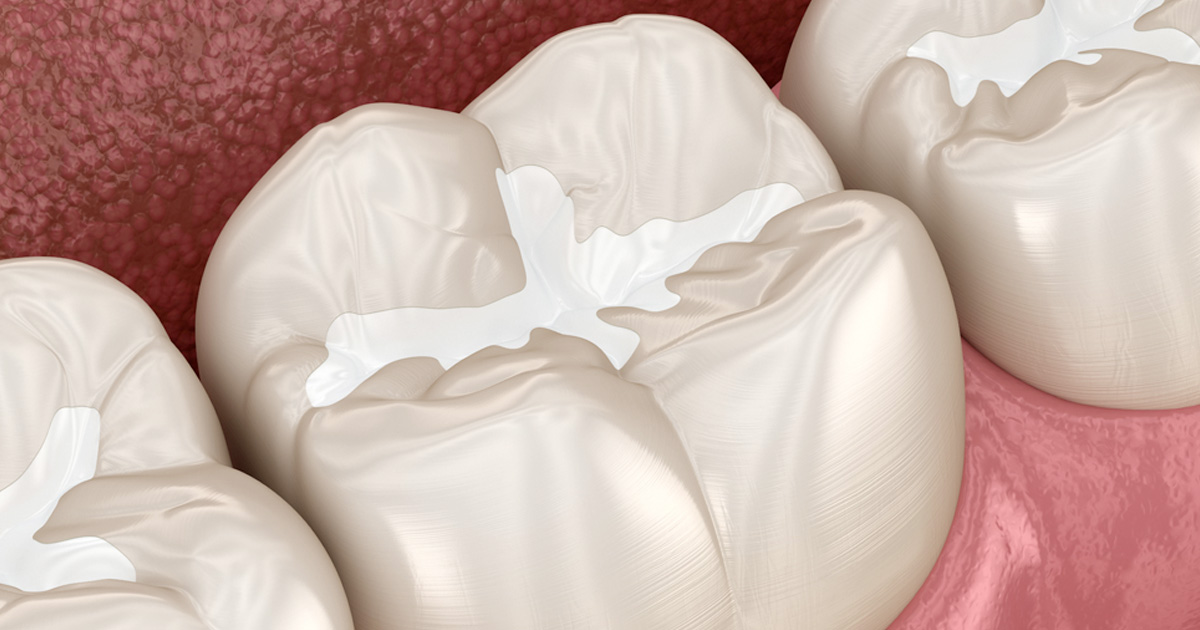Wondering if Myobrace is right for your child? Learn when to start and what to…

Dental Crowns for baby teeth
The dental crowns for baby teeth play a crucial role in not only repairing and revitalizing heavily decayed teeth but also in restoring their natural shape, function, and aesthetics.
In the realm of pediatric dentistry in Dubai, the significance of primary teeth, commonly known as baby teeth, goes beyond their initial role. These delicate teeth serve as essential space holders for future permanent teeth, facilitate proper chewing, contribute to speech development, and play a pivotal role in the overall growth of your child’s face.
What is a crown?
A dental crown, or cap, is a tooth-shaped covering cemented to the tooth for the purpose of restoring the tooth to its original shape and function.
Crowns are recommended by dentists when:
- The tooth is extensively decayed and has large cavities. Dental filling in such cases has the risk of falling out and breaking, resulting in the requirement of future dental procedures.
- Fractured tooth due to trauma
- When the primary tooth has not developed correctly.
- For Covering the tooth after pulp therapy (root canal)
In addition to repairing a badly decayed tooth, It is very important to repair and restore primary teeth for the following reasons:
- The enamel of baby teeth is thinner than that of permanent teeth, decay can spread rapidly between teeth. Crowns can be used not only to save the decayed tooth but can also help prevent the spread of decay and infection to other areas of the mouth or body.
- Crowns restore a tooth’s shape, size, and function. Since one main function of primary teeth is to hold the spacing for the permanent teeth and help guide the permanent teeth into position, crowns are a very important part of oral health and development.
- Crown restorations aid in the normal development of a child’s jawbone and muscles.
- Crown restorations allow for proper speech development.
- Crown restorations are imperative for the chewing of food.
- Crown restorations cover the entire tooth, and therefore prevent the tooth from further decay.
Crowns are much more durable than fillings, and usually last until the baby tooth falls out at about age 12.
Tooth extraction, why not?
The natural instinct in cases of severe tooth infection can be tooth extraction. However, if a child’s tooth isn’t due to fall out in the near future, extracting it can lead to problems like crowding, and impaction on the permanent teeth.
Even though dental space maintainers can be used to save space for permanent teeth, having a missing tooth can make a child feel self-conscious, affect their confidence and interfere with chewing and speaking.
Types of Dental Crowns
There are three main types of Dental Crowns:
- Stainless steel crowns
- “Strip” or acid-etched resin crowns
- Zirconia crowns
Each type of these crowns has its own advantages and disadvantages and is more useful in some parts of the mouth than others.
Stainless Steel Dental Crowns:
- They are the most commonly used crowns in pediatric dentistry
They are premade metal shells that are customized to fit any tooth - Perfect for teeth towards the back of the mouth (the molars), as they are durable, strong, and resistant to moisture
- Useful when there is decay between the teeth
- Are easy to place and may require only one visit to the dentist
- Stainless steel crowns are the least expensive crowns available.
Strip Dental crowns (also known as ‘acid-etched resin’ or ‘composite strip’):
- It consists of a clear shell that is filled with tooth-colored composite (filling) material and fitted over the tooth
- When the composite material ‘sets in’, the plastic shell covering is removed, leaving behind the tooth-colored material.
- Are an aesthetically pleasing option, and are generally used for front teeth
- Are a moderately-priced option.
White Dental Crowns/ Zirconia crowns
- They are made of a hard tooth-colored material which is similar to ceramic
- Zirconia crowns are pre-made to specific sizes.
- Zirconia crowns are indestructible. They are stronger and more durable than natural enamel
- They are the most aesthetically pleasing of all crowns
- Resistant to plaque accumulation and decay
- They are biologically inert—do not initiate an allergic response when introduced to biological tissue and are metal free.
Dental Crown: The Procedure:
- First, the pediatric dentist will numb the area with a numbing gel. The gel is applied around to the gums and cheeks around the tooth receiving the crown.
- Then the dentist will inject a local anesthetic to completely numb the tooth. Sometimes the child may be consciously sedated under Nitrous Oxide (laughing gas), where the child will be aware of everything yet be relaxed.
- Next, the dentist will place the dental dam to isolate the tooth that is being treated.
- As the procedure continues, the dentist will remove any decay on the teeth and may shape the tooth for optimal placement of the crown.
- Finally, the dentist will place the crown on the teeth.
- In the case of stainless steel crowns, the dentist will choose the best-sized crown to fit the tooth. The crown will be polished and filled with cement. The crown will then be pressed into place over the tooth.
- For strip crowns, the dentist will fill a tooth-shaped plastic shell with composite which will be tooth-colored and then will use a special light to harden the composite. The shell will then be removed leaving a tooth-colored crown in place.
Dr. Suhel Dabawala, Pediatric Dentist in Dubai specializes in using dental crowns for baby teeth, restoring their function and appearance when heavily decayed. Trust us to preserve your child’s oral health and confident smile with expert care.





